1. “Like a Prayer” by Madonna (1989)
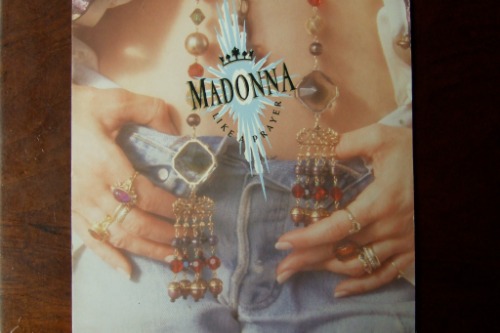
Madonna has always been a master of controversy, and “Like a Prayer” is perhaps one of her most infamous videos. The visuals mix religious symbols with sexuality, depicting Madonna dancing in front of burning crosses and suggesting a spiritual and sexual fusion, Entertainment Tonight explains. The Catholic Church, in particular, had a field day condemning the video, calling it blasphemous, while other groups decried it as offensive. Pepsi, who had signed a multi-million-dollar deal with Madonna, even pulled an ad campaign featuring the video after public outcry.
Today, the video would likely still generate controversy for its use of religious iconography in such a sexualized context. In a more sensitive climate, the idea of using sacred symbols for commercial gain or to provoke might be seen as problematic or disrespectful to many people. Social media would amplify the backlash, with online petitions and calls for boycotts from religious groups or anyone who finds such portrayals disrespectful.
2. “Relax” by Frankie Goes to Hollywood (1983)
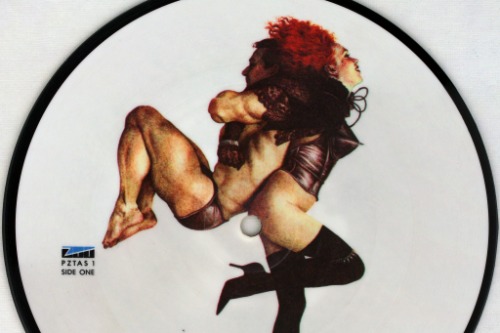
When Frankie Goes to Hollywood released the music video for “Relax,” it was a cultural moment that pushed the boundaries of what was acceptable on mainstream TV. The video was filled with highly sexualized imagery, featuring scantily clad models, bondage elements, and homoerotic undertones, which all led to it being banned by the BBC, The Standard UK shares. Back in the ’80s, censorship was stricter, and this level of provocative content was not something you’d see on primetime airwaves. The video had to be toned down for the American market, but even then, its charged atmosphere still sparked controversy.
Today, such overt sexual themes and imagery might not raise an eyebrow in music videos, but it would likely face backlash for its portrayal of power dynamics and what some would deem as objectification. Additionally, there might be more of a conversation around consent and the potential for perpetuating harmful stereotypes related to sexuality. In a world more attuned to discussions around gender, power, and representation, “Relax” would spark debates about its cultural impact and ethical implications.
3. “Physical” by Olivia Newton-John (1981)
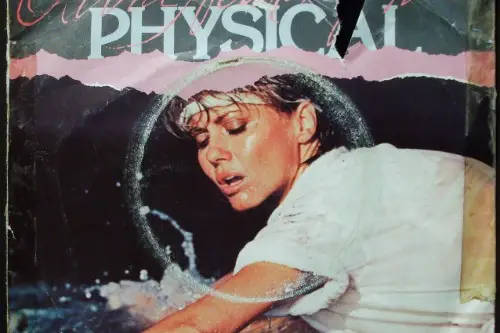
At the time of its release, Olivia Newton-John’s “Physical” was groundbreaking, with its suggestive lyrics and the accompanying video full of sensual aerobics. Newton-John, known for her wholesome image from “Grease,” shocked many fans with her transformation into a more sultry, “bad girl” persona. The video showed her in tight leotards, surrounded by toned men and women working out in a way that blurred the lines between fitness and sexuality.
Today, “Physical” would likely raise eyebrows for its portrayal of body ideals and the way it linked fitness culture with a sexualized image of women’s bodies. It could be viewed as reinforcing an unrealistic standard for women’s physical appearance while also pushing the envelope in terms of sexual suggestiveness in fitness settings. In an era where body positivity and mental health are prioritized, the pressure to conform to a specific physique would likely be scrutinized as problematic.
4. “Sweet Dreams (Are Made of This)” by Eurythmics (1983)
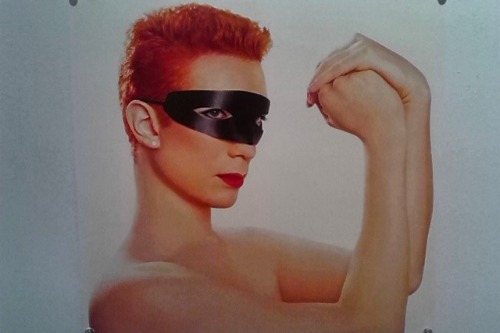
Eurythmics’ “Sweet Dreams” is known for its haunting synths, but the video for the song also made waves with its surreal imagery and eccentric fashion. Annie Lennox, dressed in a tailored suit and short-cropped hair, completely defied conventional gender norms. The androgynous look was considered shocking at the time, especially for a woman in mainstream music. The video also features unnerving close-ups, unsettling visual metaphors, and references to a dystopian world. Nowadays, it’s an icon of the ’80s, according to The Guardian.
In today’s climate, “Sweet Dreams” could still stir up a conversation about gender identity and expression. While many now celebrate gender fluidity, in 1983, such a bold move was considered ahead of its time. A video like this might be interpreted as a comment on gender roles, challenging societal expectations, but it would also likely invite heated debate about the representation of gender and its relationship to societal norms. In a world still grappling with understanding and acceptance of non-binary and gender fluid identities, this video would be hailed as revolutionary, but not without criticism from certain quarters.
5. “Boys Don’t Cry” by The Cure (1986)
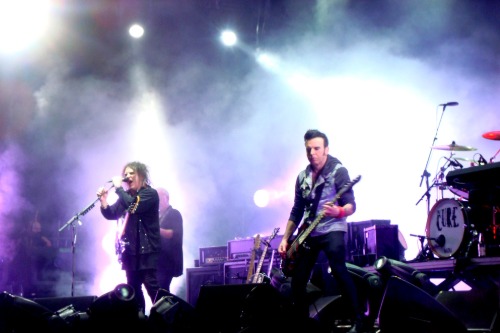
The Cure’s “Boys Don’t Cry” has long been a staple of alternative music culture, but its video would likely get scrutinized today for its portrayal of masculinity. Lead singer Robert Smith wears heavy makeup, has a somewhat androgynous appearance, and dances in a way that blurs the line between stereotypical masculinity and femininity. The video’s carefree, almost whimsical nature might be considered strange or unsettling by today’s standards, given the growing awareness around the toxic ideals of masculinity, Our Culture explains.
In an era of increased focus on mental health and how men are expected to behave, the message of the song might resonate differently. “Boys Don’t Cry” could be seen as tackling toxic masculinity in a way that was ahead of its time, but the video might also face criticism for its portrayal of emotional restraint and the notion that men can’t show vulnerability. Today, the video would likely be both lauded for subverting gender norms and critiqued for how it engages with emotional repression.
6. “Justify My Love” by Madonna (1990)
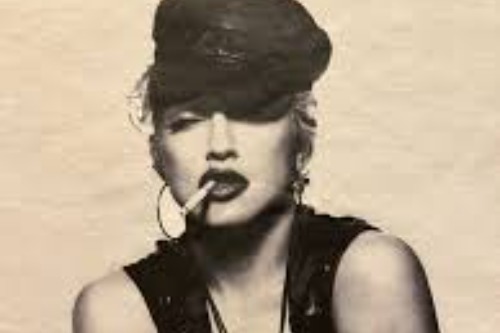
Though released in 1990, Madonna’s “Justify My Love” was a continuation of her efforts to push boundaries. The video was banned by MTV for its sexually explicit content and included scenes of bondage, voyeurism, and even a kiss between two women. The video was an exploration of sexual freedom, but at the time, many were scandalized by how it depicted desire, intimacy, and non-heteronormative sexualities.
Had this video been released a few years earlier in the ’80s, it would likely have been even more controversial. Today, it would probably be seen through the lens of conversations around sexual liberation, consent, and the ethics of filming intimate moments. While there’s greater acceptance of LGBTQ+ relationships in media now, the overt sexualization in the video, particularly in how it treats intimacy as an almost voyeuristic spectacle, could spark uncomfortable discussions about exploitation and objectification.
7. “Rock the Casbah” by The Clash (1982)
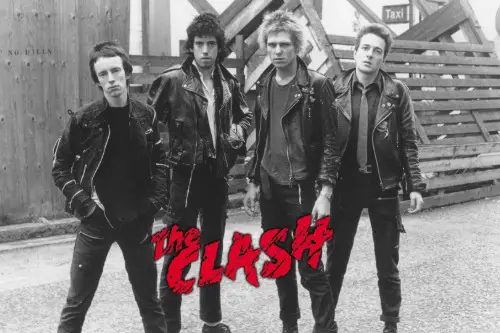
“Rock the Casbah” by The Clash is known for its political message, but its music video was undeniably controversial at the time. Set in an imagined world of censorship and rebellion, the video features depictions of protest and imagery of authoritarian regimes. The song itself was a critique of the Iranian government’s ban on Western music, but the visuals were accused of promoting anti-religious and anti-establishment sentiments.
Fast forward to today, and this video might face scrutiny for its portrayal of political rebellion and its potential to offend certain religious or cultural groups, American Songwriter explains. With current tensions around freedom of expression and media censorship in various parts of the world, “Rock the Casbah” could spark debates on the balance between artistic freedom and respect for religious sensitivities. There would be more focus on its commentary about authoritarian regimes, with discussions about the implications of such messages in modern geopolitics.
8. “I’m Your Man” by Wham! (1985)
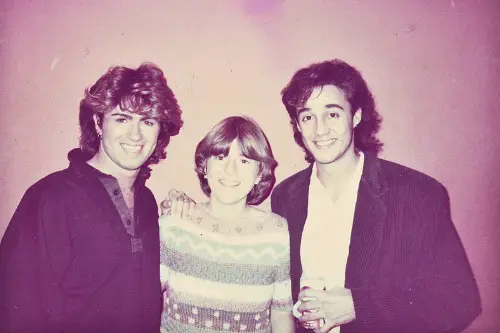
Wham!’s “I’m Your Man” is playful and flamboyant, but it would raise eyebrows today for its portrayal of hyper-masculinity and sexual ambiguity. George Michael, known for his later coming-out as gay, plays with gender roles throughout the video, sporting an oversized suit and a carefree swagger that was considered bold and unconventional for a male pop star at the time. There’s a playful suggestion of romantic longing throughout, with Michael offering himself as a versatile lover.
In a more inclusive and gender-conscious society, the video might be seen as progressive, but it also raises the question of how gender fluidity was portrayed and commodified. The sexual undertones and Michael’s manipulation of the masculine ideal might be critiqued for either reinforcing or subverting traditional gender roles. Today, such content could prompt discussions about how male performers are still expected to embody certain gender norms or be perceived as “feminized” in a way that limits their authenticity.
9. “Material Girl” by Madonna (1985)
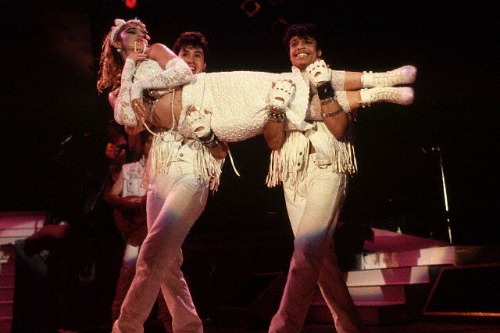
Another Madonna classic, “Material Girl” came with a video that poked fun at the consumerism of the ’80s. While it was meant to be ironic, the video showed Madonna in a glamorous, over-the-top setting, indulging in extravagant luxuries. It was a commentary on the growing materialism of the time, but to modern eyes, it could be seen as perpetuating harmful stereotypes about women being defined by their possessions and romantic relationships.
Today, the video could be viewed in multiple ways. Some might still find it humorous and satirical, while others would criticize it for reinforcing shallow ideals of femininity and consumerism. Given the modern conversation around feminism and capitalism, the video might be dissected as a commentary on the exploitation of women in media or simply as an artifact of the excesses of the ’80s that felt overly indulgent.
10. “Another One Bites the Dust” by Queen (1981)
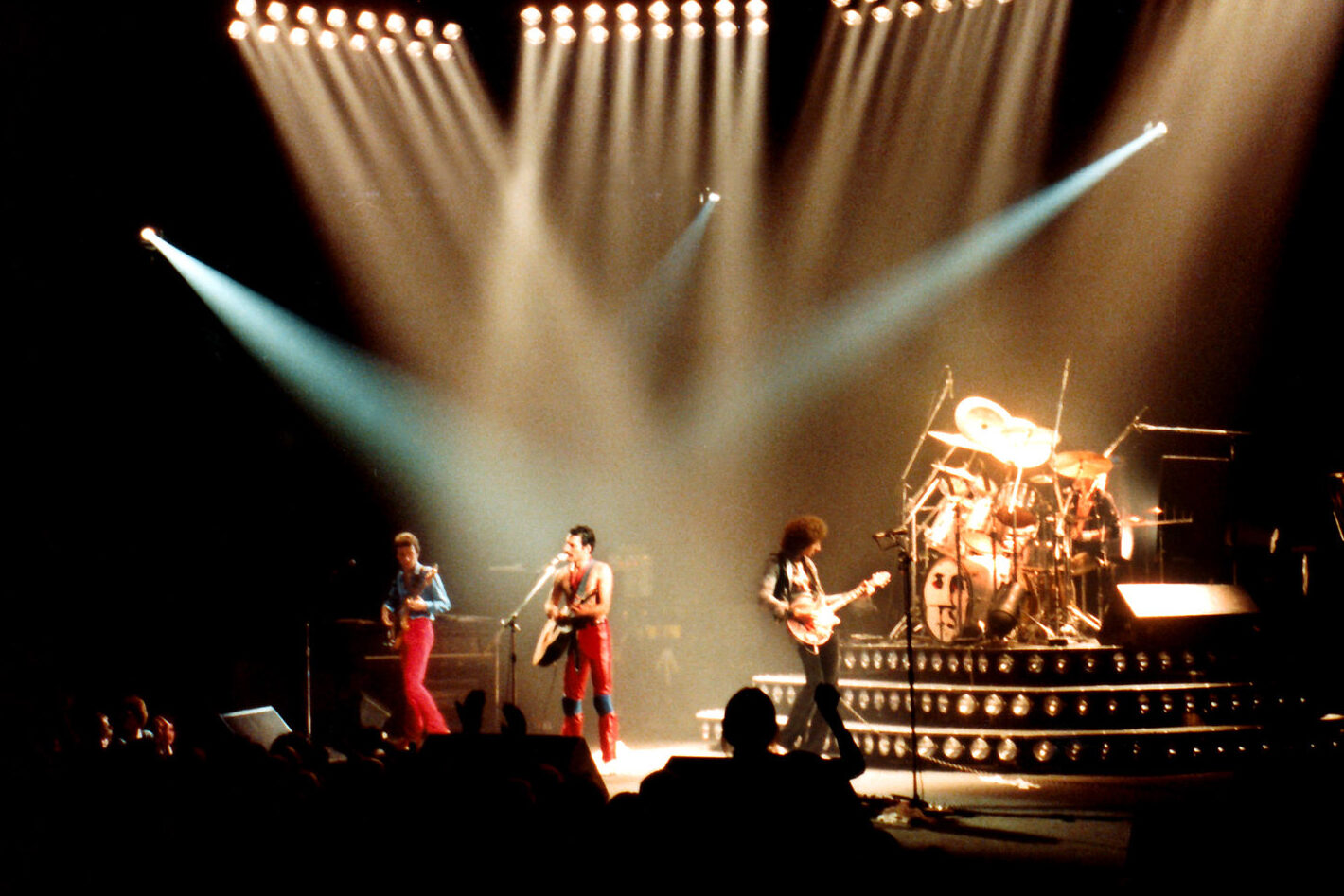
Queen’s “Another One Bites the Dust” was iconic for its groove, but the accompanying video featured a lot of club scenes and imagery that today could be considered problematic, especially in its portrayal of a nightclub as a place of excess, hedonism, and substance use. While the video was more about the energy of a night out, the hedonistic portrayal of nightlife could easily be criticized in today’s environment, where drug and alcohol abuse are much more closely scrutinized.
Today, the video might be seen as glamorizing risky behavior and reinforcing unhealthy stereotypes about the party scene. As people are more conscious of addiction and mental health, the reckless abandon depicted in the video might be criticized for being too dismissive of the consequences of such lifestyles. There’s also the aspect of how it portrays a certain “coolness” associated with destructive behaviors, which might not fly well in modern sensibilities around self-care and responsibility.
11. “Do That to Me One More Time” by Captain & Tennille (1980)
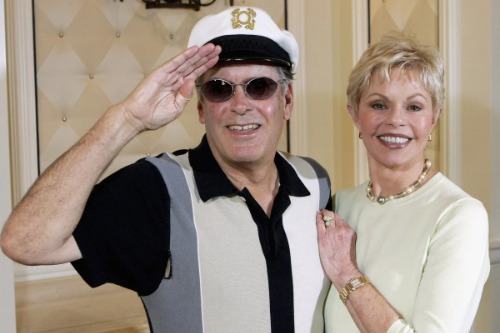
The video for “Do That to Me One More Time” by Captain & Tennille came off as overly romanticized and somewhat patronizing in its portrayal of love and intimacy. The lyrics and video featured overtly traditional gender roles, with the woman being the passive object of affection and the man depicted as the active pursuer. In an era where discussions about consent and equality have taken center stage, this type of portrayal would raise major red flags today.
While the song was a hit in its time, it might be criticized now for perpetuating a gendered narrative about how relationships should unfold. The emphasis on romance and the seemingly one-sided nature of the relationship could easily be viewed as problematic in today’s world of modern relationship dynamics, where mutual respect and agency are more highly valued.
12. “The Safety Dance” by Men Without Hats (1982)

The video for “The Safety Dance” is a bizarre, quirky masterpiece that features a lot of strange and almost nonsensical imagery, including people in medieval costumes, dwarves, and the odd juxtaposition of serious moments with playful, anarchic visuals. The song itself promotes individuality, but the video’s depiction of rebellion might be seen as misinformed today, especially considering how rebellious actions are often now analyzed through lenses of social justice and accountability.
In a contemporary context, there could be discussions about the video’s portrayal of body diversity, its odd use of medieval imagery, and how it may have unintentionally glamorized escapism over more grounded activism. Some might also question its portrayal of what it means to “defy norms,” since the video was ultimately still part of a larger, often corporate-driven movement of ’80s pop music that often inadvertently reinforced conformity, despite its attempt to appear rebellious.
13. “Private Dancer” by Tina Turner (1984)
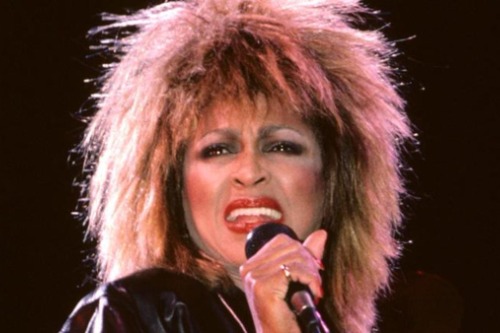
Tina Turner’s “Private Dancer” is a powerful song about a woman who strips for a living, and the video does not shy away from showing a glamorous, yet deeply sorrowful portrayal of that lifestyle. Turner, wearing a dramatic outfit and performing on a stage, explores the darker side of sexual objectification and labor. While Turner’s performance is mesmerizing, the video, with its themes of exploitation, could easily raise eyebrows today, as it portrays a problematic profession in a way that might be interpreted as exploitative rather than empowering.
In today’s world, the conversation around sex work, agency, and exploitation is much more nuanced. While Turner’s strength and grace are undeniable, the video might be critiqued for romanticizing or glamorizing a profession that, in real life, can often come with serious risks and stigmas. The discussion would likely focus on whether the video empowers women or simply reinforces their objectification in a patriarchal society.


